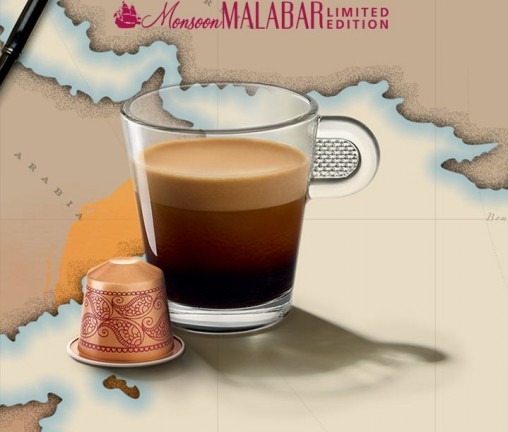

These rough conditions resulted in the beans swelling and changing color – from green to a rather unappetizing pale yellowy-white.Įven though the beans had changed in appearance, the European customers decided to use them anyway. During the crown rule in India, large quantities of coffee beans were regularly shipped from India to Europe.ĭuring the long ocean voyages, via the southern tip of Africa, these coffee beans were subjected to windy, wet conditions. What Is The Origin Of Monsoon Malabar CoffeeĪt this point, you might be wondering how it was discovered that subjecting coffee beans to monsoon conditions would result in such a uniquely flavorful coffee bean.Īs with many great discoveries, Monsoon Malabar coffee was discovered entirely by chance. Then, finally, the fully monsooned beans are sent for packaging and shipping to coffee lovers around the world. The beans are again sorted at the end of the monsoon season. It is the neutral pH balance and, therefore, low acidity levels give Monsoon Malabar coffee its unique flavor. As a result, the beans swell, and this moisture results in a golden yellow bean with a neutral pH balance. They’re regularly raked, spread, and turned to be equally and adequately “monsooned” – in other words, ripened to the perfect state.ĭuring this long conditioning process, the beans absorb moisture from the humid external environment. This allows them to be exposed to the monsoon season’s rain, wind, and humidity. They’re kept in a warehouse with open ventilation for the three or four months of the monsoon. They are then stored safely until the annual monsoon season.

Cherry coffee beans are harvested and sun-dried for some time before being sorted according to quality. It is grown and processed on the Malabar coast of Karnataka and Kerala in India.Ĭreating this coffee is a natural, organic, but time-consuming process. Monsoon Malabar coffee is also known as Monsooned coffee.


 0 kommentar(er)
0 kommentar(er)
